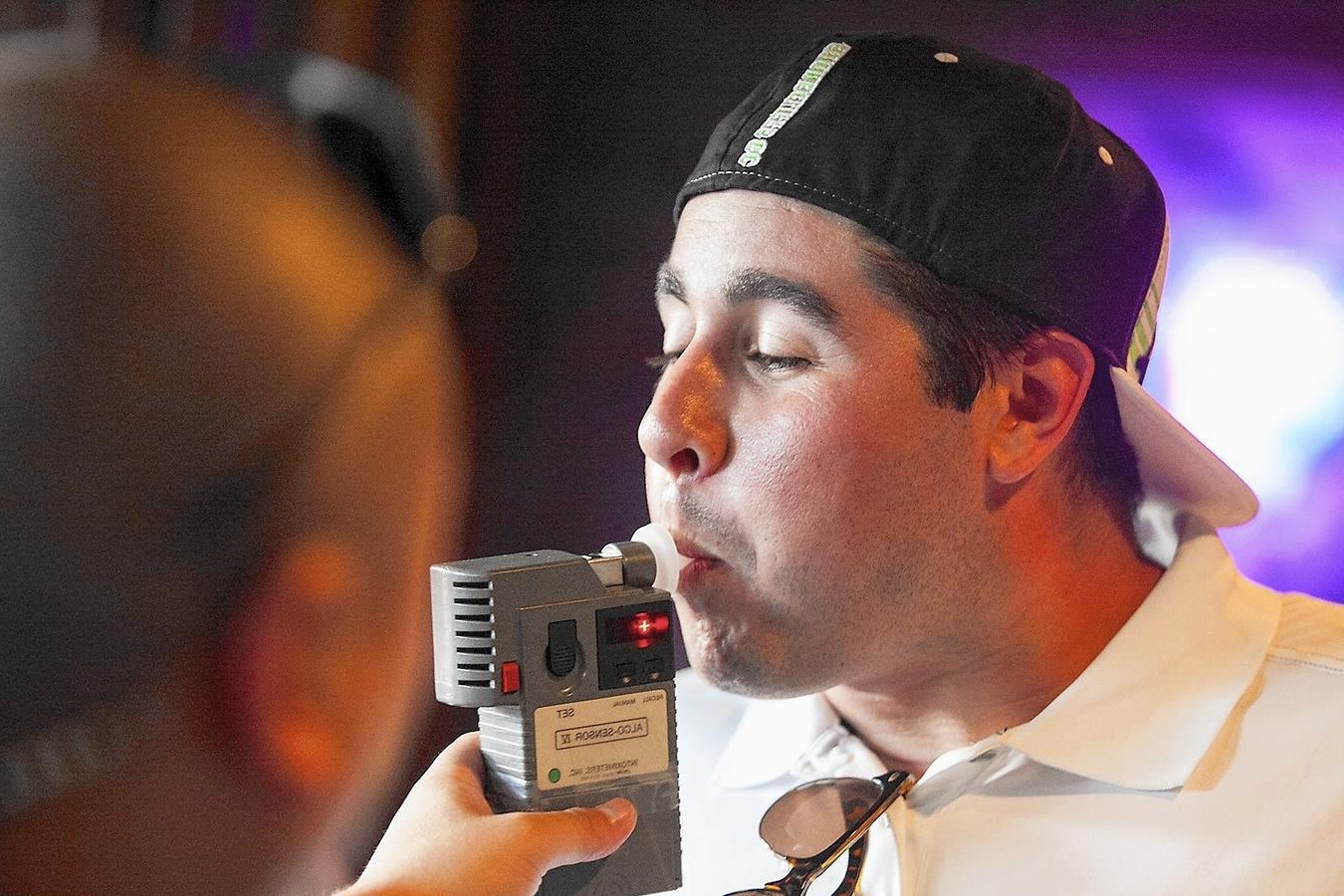
Ever wondered how a breathalyzer works? These handy devices have become a crucial tool in law enforcement, helping to keep roads safe by detecting alcohol levels in drivers. But there's more to them than meets the eye. From their invention to their accuracy, breathalyzers have an interesting history and some surprising facts. Did you know that the first breathalyzer was invented in 1954 by Robert Borkenstein, a former Indiana State Police captain? Or that breathalyzers don't actually measure alcohol directly but instead detect the chemical reaction caused by alcohol in your breath? Understanding these devices can help you appreciate their role in promoting road safety. Let's dive into 25 fascinating facts about breathalyzers that you probably didn't know!
What is a Breathalyzer?
A breathalyzer is a device used to estimate blood alcohol content (BAC) from a breath sample. It's commonly used by law enforcement to check if drivers are under the influence of alcohol. Here are some intriguing facts about breathalyzers that you might not know.
History of the Breathalyzer
The breathalyzer has an interesting history that dates back several decades. Let's dive into some historical facts.
- The first breathalyzer was invented in 1954 by Dr. Robert Borkenstein, a former Indiana State Police captain and university professor.
- Before the breathalyzer, law enforcement used a device called the "Drunkometer," which required a person to blow into a balloon.
- The term "breathalyzer" is actually a brand name, but it has become synonymous with all breath alcohol testing devices.
- Early breathalyzers used chemical reactions to detect alcohol, while modern devices use infrared spectroscopy or fuel cell technology.
How Breathalyzers Work
Understanding how breathalyzers function can be quite fascinating. Here are some facts about their operation.
- Breathalyzers measure the amount of alcohol in the breath and use a formula to estimate BAC.
- The device works on the principle that alcohol in the blood is exhaled through the lungs.
- Modern breathalyzers use fuel cell sensors, which produce an electrical current when they come into contact with alcohol.
- Infrared breathalyzers measure alcohol by detecting how much infrared light is absorbed by the breath sample.
Legal and Practical Uses
Breathalyzers are not just for police officers. They have various applications in different fields.
- Law enforcement agencies use breathalyzers to enforce DUI laws and keep roads safe.
- Employers in certain industries use breathalyzers to ensure workplace safety.
- Personal breathalyzers are available for individuals who want to monitor their own BAC.
- Some countries have laws requiring breathalyzer tests for drivers involved in accidents.
Accuracy and Limitations
While breathalyzers are useful, they are not infallible. Here are some facts about their accuracy and limitations.
- Breathalyzers are generally accurate but can be affected by factors like temperature, humidity, and calibration.
- Certain substances, like mouthwash or breath fresheners, can produce false positives.
- The accuracy of a breathalyzer can decrease if the device is not properly maintained or calibrated.
- Breathalyzers estimate BAC based on breath alcohol concentration, which may not always perfectly correlate with blood alcohol levels.
Interesting Tidbits
Here are some fun and lesser-known facts about breathalyzers.
- In some countries, breathalyzer tests are mandatory for all drivers, not just those suspected of DUI.
- The smallest portable breathalyzer is about the size of a keychain.
- Some breathalyzers can connect to smartphones and provide real-time BAC readings through an app.
- Breathalyzers are also used in medical settings to monitor patients with conditions like liver disease.
Breathalyzers in Pop Culture
Breathalyzers have made their way into movies, TV shows, and even music. Here are some pop culture facts.
- The breathalyzer has been featured in numerous films, often in scenes involving police traffic stops.
- Some TV shows use breathalyzer tests as part of their plot, especially in crime dramas.
- Breathalyzers have been mentioned in songs, usually in the context of partying or drinking.
- In some comedy sketches, breathalyzers are used for humorous effect, highlighting their role in everyday life.
Future of Breathalyzer Technology
The technology behind breathalyzers continues to evolve. Here are some facts about what the future might hold.
- Researchers are developing more advanced breathalyzers that can detect other substances, like drugs, in addition to alcohol.
Final Thoughts on Breathalyzers
Breathalyzers play a crucial role in promoting road safety. These devices, which measure blood alcohol content (BAC) through breath samples, have become essential tools for law enforcement. They help deter drunk driving, reducing accidents and saving lives. Understanding how they work and their importance can encourage responsible behavior.
Remember, even small amounts of alcohol can impair judgment. Using a breathalyzer can provide a clear indication of whether it's safe to drive. It's always better to be cautious and avoid driving if there's any doubt about your sobriety.
Breathalyzers aren't just for police use; personal breathalyzers are available for anyone who wants to ensure they're within legal limits before getting behind the wheel. Stay informed, stay safe, and make smart choices. Your safety and the safety of others depend on it.
Was this page helpful?
Our commitment to delivering trustworthy and engaging content is at the heart of what we do. Each fact on our site is contributed by real users like you, bringing a wealth of diverse insights and information. To ensure the highest standards of accuracy and reliability, our dedicated editors meticulously review each submission. This process guarantees that the facts we share are not only fascinating but also credible. Trust in our commitment to quality and authenticity as you explore and learn with us.
